Trying to repair an old Hameg CRT oscilloscope and looking at the schematics for the HV Z board I see the following capacitor symbol (in red box):
The capacitor itself looks (vaguely) like this:
I'm not suggesting it is a vacuum dielectric cap, it just looks like this. It's about 2 or 3 cm long with a glass tube and two metal ends.
The symbol is different from that used for electrolytics and other non-polarized capacitors (like polys and ceramics).


